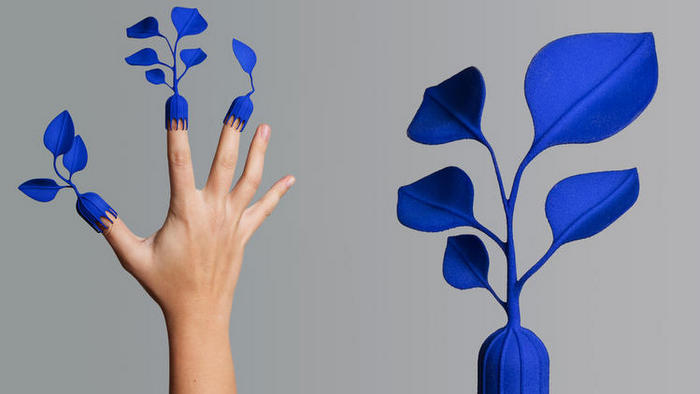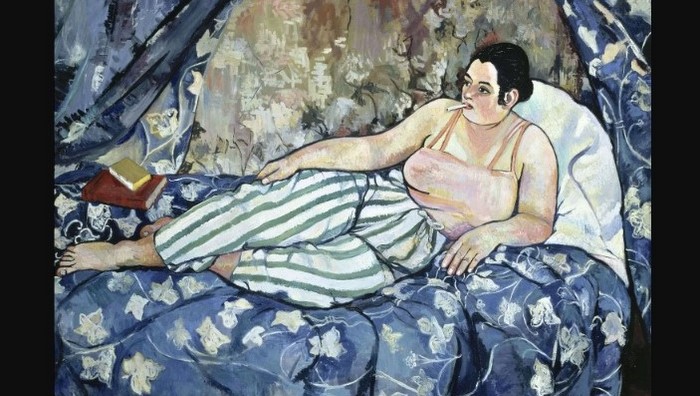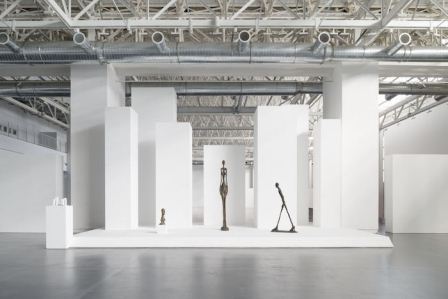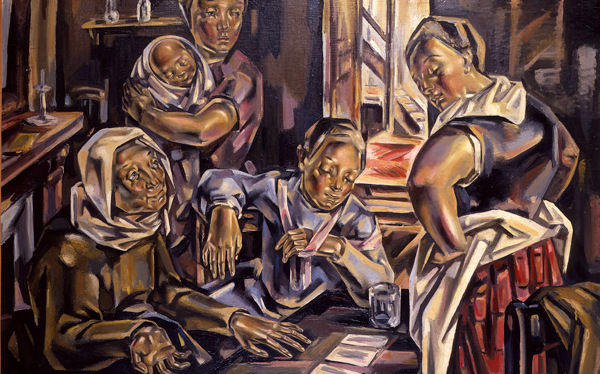The exhibition, open until 31 July 2016, is one of the largest on the artist to be held in the world, and is no less than the first one in China.
Because we are convinced that the West looks Eastward, that the East looks Westward, and that these glances when crossed carry an undeniable fecundity, we have decided to create a weekly newsletter to explore with you the reports which maintain these two artistic spheres.
Developed in partnership with Art Media Agency, the newsletter will consider with nuance, irreverence and relevance, the highlights of the international art scene, in line with our values: unwavering support of contemporary creation, transversality, and innovation.
The immenseness of the exhibition is reflected by that of the museum, of the artist that it presents, but also of the founder of the Yuz Museum: Indonesian collector Budi Tek, known for his audacity, sometimes interpreted as madness as attested by his nickname ''Crazy Budi''. But Budi Tek has clear-sighted ideas, as shown when he decided, in 2014, to entrust curatorship of the exhibition to Catherine Grenier, the newly appointed director of the Fondation Annette et Alberto Giacometti, in association with Christian Alandete.
Catherine Grenier tells the dslcollection and AMA about the project's origins: ''As soon as I arrived at the head of the Fondation Giacometti, I decided to develop the foundation's activity in new geographical zones and to present Giacometti's work in countries where it had never been shown. Budi Tek had just opened his museum and wanted to present a great artist of modernity. We quickly decided to do this project together. The space and the conditions offered by the Yuz Museum also corresponded to international standards in terms of the conservation and security of works.''
The man and the artist
''Budi likes firsts'', confides Ashok Adicéam, director of the Yuz Foundation. Gathering 250 works produced between 1917 and 1966, the exhibition offers a comprehensive and original showcase of the work of Giacometti. Through these sculptures that resonate with the historical and cultural context of the era, an image of the man behind the artist is sketched. The chronological exhibition unveils an intimate look at Giacometti, offering keys to understanding his artistic itinerary through different periods in his creation: his early years, his surrealist period, and finally his post-war period and the 1960s. The exhibition thus retraces his multiple influences: art from the Cyclades, ancient Egypt, but also African art, not forgetting surrealism and the influence of certain figures such as Aragon, Breton, Dali — all this makes up Giacometti's syncretism.
Near and far
Born in 1901, Giacometti was a child of the 20th century who responded to the upsets of the era by producing humanist and existential works. Sometimes nicknamed ''the artist of artists'', he reveals a complex relationship to the world, demonstrated by a proclivity towards small formats. The latter attest to the meticulous attention that he paid to the objects around him.
Regarding Giacometti, Sartre once wrote: ''He places distance within reach. He pushes a distant woman before our eyes.'' All sculptors interpret space, and the question of distance raises the question of our relationship to space. Through his detailed sculptures, Giacometti invites the viewer to approach an object that always seems to move further away. As he himself wrote in the journal Minotaure in 1933: ''Once an object is constructed, I tend to rediscover in it transformed and displaced images, impressions and facts that have deeply moved me (often unbeknownst to me), shapes that I feel to be very close to me even if I am often unable to identify them, which always causes them to be more troubling in my eyes…'' In Giacometti's work, distance is not merely spatial, it is also temporal, the work of memory.
Exhibited for the first time in China, Giacometti's work is being presented thousands of kilometres from its birthplace. Even on the other side of the world, it preserves its power of suggestion and mystery. According to Catherine Grenier, it's a matter of ''firstly addressing a public unused to big modern-art exhibitions. So we had to emphasise the artist's greatest masterpieces, and also be very didactic, to restore the work in its creative context, to enable visitors to follow the thread of a rich and complex work… This was also an opportunity to occupy far larger spaces than those that we're accustomed to: two levels of the museum plus the grand hall, in other words 3000 m2 for 250 works.''
Giacometti personifies the spirit of modernity — a modernity that already is no longer ours but that is still entirely relevant. His work creates its own temporality, whose epicentre can be seen as the artist's life, and that even today, makes its trembling, vibrations and shudders felt.
Previous publication CROSSROADS ART SHOW 2016
Next publication MICHAEL RAKOWITZ: The Flesh Is Yours, The Bones Are Ours
Related Publications

CID Grand Hornu: Super Power Design
April 25, 2024
Discover semi-abstract landscapes by Miska Mohmmed
April 24, 2024












